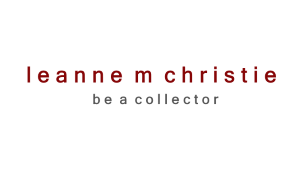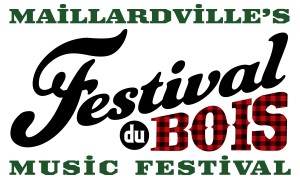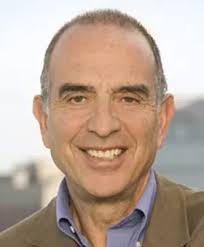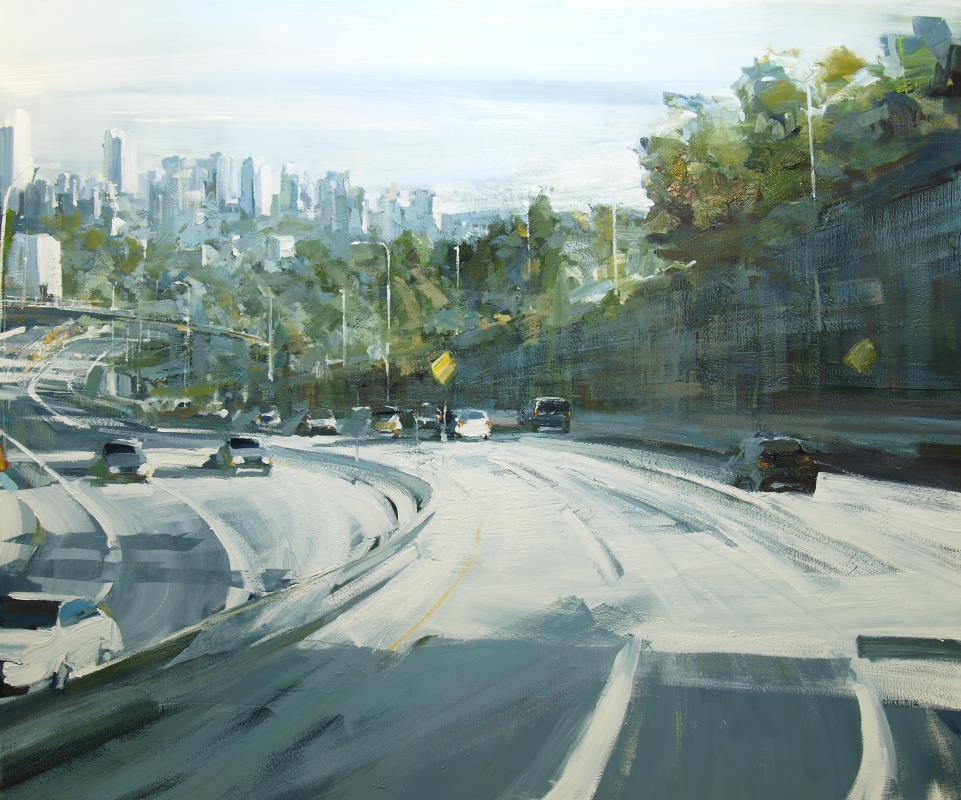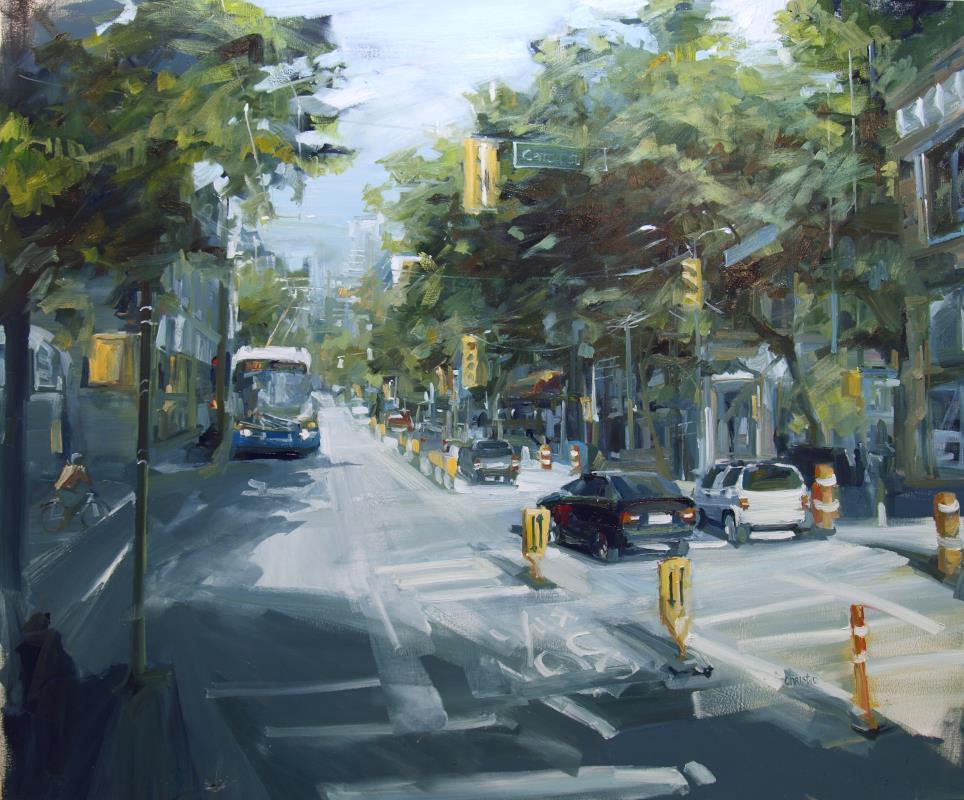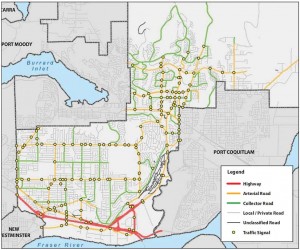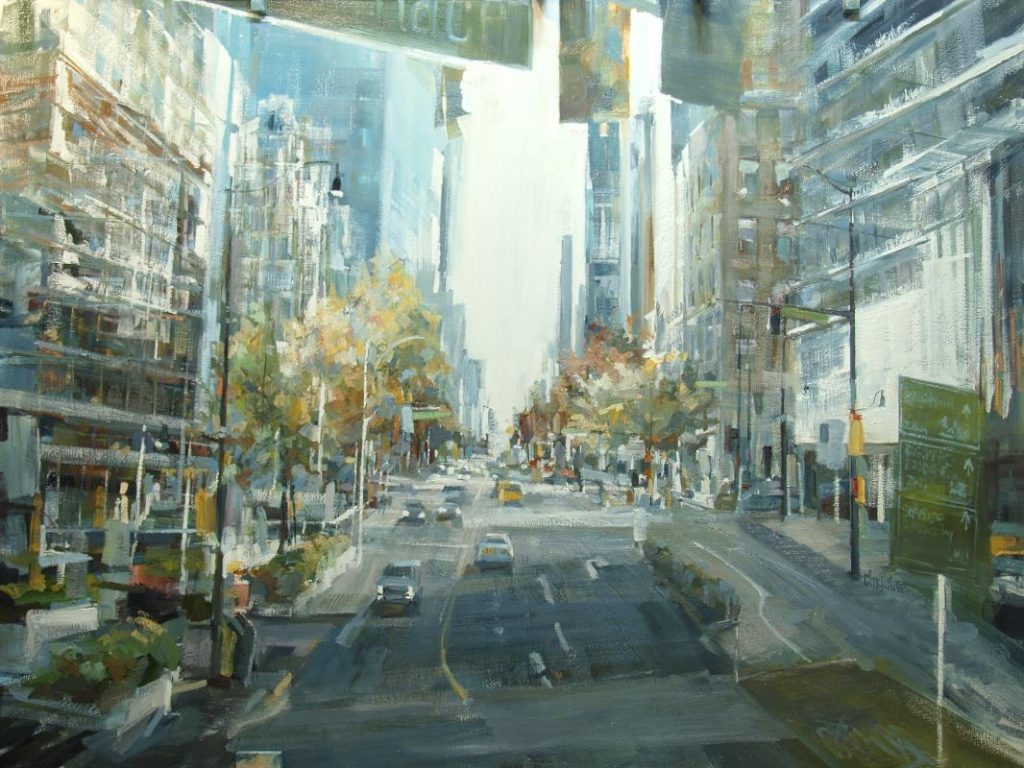Streets matter
Their physical geography, their use, their design, their regulation, the space that defines them and who they prioritize, matters. Streets matter because these are the spaces which are carved into our experience of the city, where we can improvise our public lives and interact with the culture of others. Streets are the spaces which determine the flavour of our neighbourhoods and reveal the rhythm of our days. Streets matter because as your responsibilities increase so your world decreases until with old age, the world becomes that outside your door.
“(the city street) the most potent expression of a city’s most admirable qualities” (click/scroll over)
Ken Greenberg. Walking home. The life and lessons of a city builder. pg 7
Ken Greenberg is an Urban Designer with over 30 years of experience. His awards include the 2010 American Institute of Architects Thomas Jefferson Award for Public Design Excellence and the 2014 Sustainable Buildings Canada Lifetime Achievement Award
I am not anti community but speak the words and my ears twitch. Some seem a little contrived and even coerced. External organizations which have more to do with the stagnancy of aligned worldviews than the vibrancy of different paradigms which sit alongside each other and thrive over a shared common point such as the street on which we live . Is this because we lack casual unstructured, spontaneous space where our public selves can linger and casually interact?
We were a small motley team in the early days of wagamama when wagamama was only 3 restaurants. The hip English casanova, the pensive Chinese photographer, the Albanian fetish lesbian, the Belgian drama queen, the Australian hippy, the Spanish activist, the innocent-until-proven-guilty credit card scamming Norwegian, the quiet reserved English Chinese girl and the Basque boy who always seemed to have an array of illegal substances in his knickers.
We were an odd grouping of colliding worldviews but we were the most honest community that I have experienced. Each day we had one common point – get through service alive and when the doors closed we were given an unregulated common place to interact casually over drinks in the quiet restaurant. It was this common point and our unregulated gathering that built our bonds. Would it have been different if at the end of each night we had parted and retreated back into our private spaces?
Streets matter
One cannot talk of culture and community if one is not willing to talk of streets.
But it is hard to know how to understand and how to mould these Grey lines which divide neighbourhoods and minds and which are required to be all things to all people.
“I live in an
invisible
neighbourhood”
I live in one of those invisible “not a place” areas of Metro Vancouver. The city identifies it as a neighbourhood but the name only speaks of a place defined by what surrounds it not what it is. Your tongue will wince as it moves it’s way through the word and your brain will retaliate with a little jolt of electricity when it assembles the vacuously obvious and with disappointment realizes that it was duped into paying attention. The only colour is that the name is a “portmanteau”.
Burquitlam is simply the shortening and the joining of the names of the 2 cities which meet along it’s Western Border:
Burnaby + Coquitlam
In 2011 when we moved here, I confounded Google by searching for information on the area. Google struggled to identify it as a place, locals did not know what I was talking about and online reviews suggested that it is not a place but an area that you pass through or go past.
(jĕn′trə-fĭ-kā′shən)
click/scroll over
gen·tri·fi·ca·tion n.
The restoration and upgrading of deteriorated urban property by middle-class or affluent people, often resulting in displacement of lower-income people.
gentrification. (n.d.)
American Heritage® Dictionary of the English Language, Fifth Edition. (2011). Retrieved January 24 2015 from http://www.thefreedictionary.com/gentrification
The term gentrification was coined in 1964 by British sociologist Ruth Glass to describe the migration of wealthier residents of London into more working class suburbs and thus changing the landscape of the neighbourhood.
Google “Burquitlam” today and it is associated with words like gentrify and gentrification and it is defined as a neighbourhood and commercial district. While this is not a new story what makes Burquitlam exciting and Coquitlam an intriguing city to watch, is that this development is not the result of the trendy with disposable income moving into the area. Burquitlam is undergoing change by choice. The catalyst is the arrival of the Burquitlam Skytrain station which is due to connect the area to Vancouver and Coquitlam city centre in 2016. If you are a modern urbanist, Burquitlam has potential to fulfill or frustrate you as you watch the theory of placemaking come into action. Or will it?
Coquitlam’s neighbourhood plans stress the redesign of the streetscape to emphasis pedestrians and a human scaled environment. In my excitement to see the manifestation of a street changing a place and knowing that the City wide plan has been in place since 2002 I looked to find a neighbourhood which works as a neighbourhood, where our public lives are improvised in the theater of an interesting and intriguing street and where unscripted exchange is developing a strong culture. I did not find it, not in Coquitlam.
In preparing the paintings for this exhibition, I was drawn to streets which were rich in communication, rich in change and which held interest and tempted me to linger. I don’t expect streets to only serve pedestrians or cyclist. I am electrified by the complexities of intricately designed highways which whisper of adventures and elevate our thinking beyond our own small paradigms. I expect streets to support the city and to be true to their function which within a neighbourhood means that they do need to be all things to all people. In this quagmire, who should be prioritized? not only in what lies alongside the street but within the ballet of the street itself.
The city should be a different experience.
“The street is the river of life of the city, the place where we come together, the pathway to the center”
Modern cities are adopting plans which echo the ideas that found reverberation in the writings of Jane Jacobs and William H Whyte. These encourage placemaking through mixed use, transit rich, high density, walkable neighbourhoods but apart from nice side walks and fixtures when you think of the places which encourage you to linger, you start sensing that something is amiss at the heart of the execution.
Where are the areas to visit or recommend on a lazy Sunday?
which is not like the others?
Parks and recreation are excellent investments but they are separate to our daily grinds, they exist in compartments and happen after hours. No matter how much is invested while enjoying them, they are the construct of something/someone else which is passively enjoyed. You are a consumer of the park and the recreation that the city provides.
ˈkəl-chər\
cul·ture n.
a : the integrated pattern of human knowledge, belief, and behavior that depends upon the capacity for learning and transmitting knowledge to succeeding generations
b : the customary beliefs, social forms, and material traits of a racial, religious, or social group; also : the characteristic features of everyday existence (as diversions or a way of life) shared by people in a place or time
c : the set of shared attitudes, values, goals, and practices that characterizes an institution or organization
d : the set of values, conventions, or social practices associated with a particular field, activity, or societal characteristic
``Culture.`` Merriam-Webster.com. Merriam-Webster, n.d. Web. 26 Jan. 2015. <http://www.merriam-webster.com/dictionary/culture>.
Culture is different, it is active and created by the many, not the few. It is a by-product of interaction. It is the expression of who we are, how we collectively understand and therefore mould our world. Culture causes action and action causes culture. It isn’t enforced or superimposed but it can be corrupted and removed through isolation. The taste of a city without culture is the taste of Epsom salts on the tongue.
Culture happens at home and organically on healthy streets where it is allowed to explore and flourish and to develop into something which is the result of a collaboration of the many.
Streets matter
2015 is the year that Coquitlam reviews her Parks, Recreation and Culture Masterplan.
Is this where the ‘amiss’ starts?
The citizen as a passive observer/viewer in the gallery/auditorium/theater/festival as opposed to the cultivator/creator/curator of culture. If this is true then the city starts to make sense when I am perplexed as to where to linger on a Sunday.
How to quantify, measure and invest in that intangible, important, active side of culture when there are no metrics for decision makers to understand if their designs are being used to create neighbourhoods and communities or just the skeleton of them.
Perhaps this is not relevant because even with great streetscapes, sidewalks and intelligent land use policies, is it conceivable to nurture culture if the very nature of the street itself is threatening, intimidating and not inclusive in a neighbourhood?
Streets matter
Burquitlam is exciting because she is in process. Will she become that thriving neighbourhood that the city envisions? And what of Maillardville, the historic neighbourhood with a plan? Will she develop into a thriving culturally rich area of the city? or will the roads which carve them also dominate and conquer the pedestrian friendly neighbourhood plans due to the limitations which they face under their current designations as community feeders, arterial and Disaster Response routes.
In working on this body of paintings what struck me most about the grey lines which carves out our tribes, is their malleability. What at first seems so determined and beyond re-imagination can be adjusted within seconds because we have developed such succinct street symbols for visual communication.
Streets literally do matter
There is no equivocation on this, they are burdened with so many expectations and invested with so much meaning that it seems impossible to ‘get it right’ but perhaps what is the most exciting characteristic of a street is it’s ability to change and our ability to interpret this change.
A thoughtful, modern approach to city building encompasses many facets of urban life but the most pressing challenge that these plans face is how arterial roads which prioritize 25 000 + vehicles a day are managed, moulded and redefined. The culture of a neighbourhood will always be constrained by what has the right of way through her heart.
Pedestrian deaths in New York City fell to a historic low last year after a push by the city to make streets less dangerous.
Pedestrian deaths in Vancouver’s streets this year are at their lowest point since the city began tracking them in 1934
drivers sped past going far beyond the limit, even as officers watched. How fast do they go when the uniforms aren’t there?
The Globe and Mail. Welcome to Toronto’s Death Race 2014. Elizabeth Renzetti. 29 September 2014
